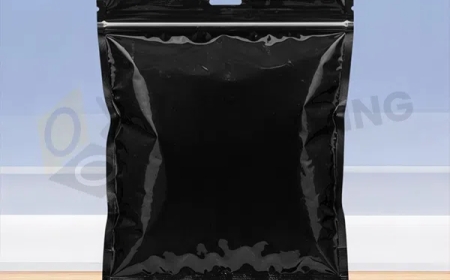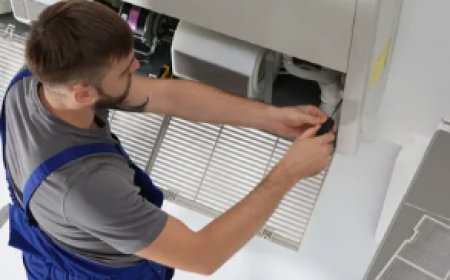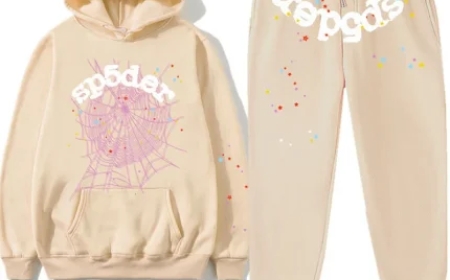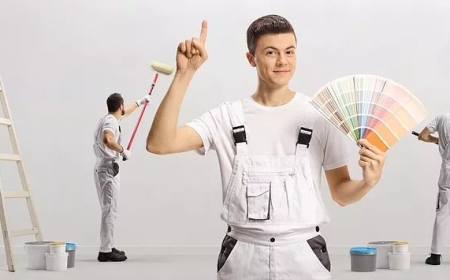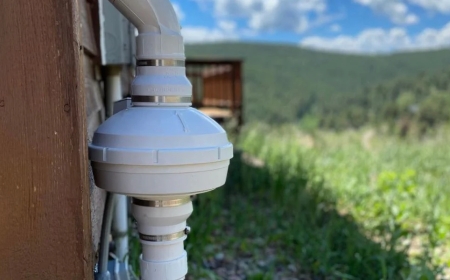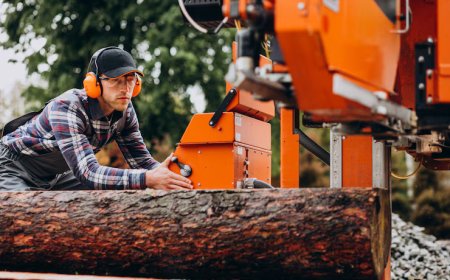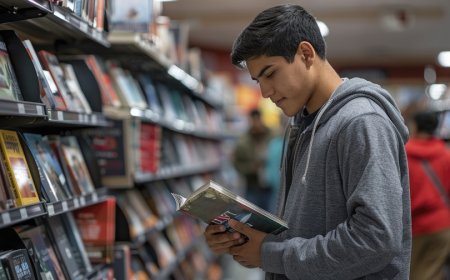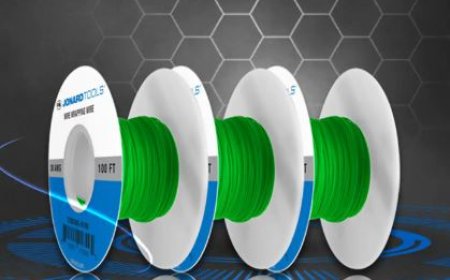Do Custom Embroidery Designs Work on All Fabrics
One of the keys to making custom embroidery designs consistent with different fabrics is the utilization of stabilizers.

When considering whether custom embroidery designs work on all fabrics, its basic to get it that not all materials respond to embroidery in the same way. Whereas custom embroidery designs can actually be connected to about any sort of fabric, the result and life span of the design will shift depending on the material's characteristics such as thickness, extend, weave, and surface. For case, cotton and canvas are embroidery-friendly and hold designs well, whereas fragile fabrics like silk or chiffon may pucker or tear if not dealt with care. Effective application of custom embroidery designs depends on altering the digitizing prepare, backing fabric, and stabilizer based on the fabric type.
Importance of Fabric Determination in Custom Embroidery Patterns
Fabric choice plays a basic part in the result of custom embroidery designs. Heavier fabrics like denim, felt, and canvas offer a durable base for embroidery and are less inclined to twisting, making them perfect for nitty gritty or high-density designs. Lightweight or stretchy fabrics require a more cautious approach, such as utilizing lighter stitch densities or specialized stabilizers to keep up the judgment of the fabric. Understanding the impediments and benefits of each fabric sort makes a difference in making custom embroidery designs that not as it were see lovely but to stay solid over time.
How Stabilizers Upgrade Custom Embroidery Designs on Any Fabric
One of the keys to making custom embroidery designs consistent with different fabrics is the utilize of stabilizers. Stabilizers act as bolster layers set underneath or on best of the fabric amid embroidery, making a difference avoid mutilation, puckering, or misalignment. Tear-away, cut-away, and water-soluble stabilizers each serve distinctive purposes depending on the fabric. For occasion, an overwhelming cut-away stabilizer is incredible for stretchy weaves, whereas water-soluble stabilizer is perfect for sheer fabrics. Legitimate utilize of stabilizers guarantees that custom embroidery designs hold their shape and clarity over diverse fabric types.
Adjusting Stitch Thickness in Custom Embroidery Designs for Fabric Compatibility
Stitch thickness must be balanced when applying custom embroidery designs to different fabrics. Thick sewing can overpower lean or stretchy fabrics, causing puckering or string breakage. Then again, free sewing may not appear clearly on thick or finished materials. Experienced digitizers will modify stitch thickness and length depending on the fabrics capacity to hold string without push. This customization is basic for making custom embroidery designs see reliable and clean notwithstanding of the material being utilized, from athletic wear to child onesies to domestic dcor linens.
Role of Needle Sort and String in Custom Embroidery Patterns
The compatibility of custom embroidery designs with diverse fabrics too depends on choosing the right needle sort and embroidery string. For illustration, sharp needles are appropriate for firmly woven fabrics like denim, whereas ballpoint needles work way better on weaves to avoid tangles. Essentially, rayon strings offer a shiny wrap up that works well on fragile fabrics, whereas polyester strings are more solid for open air or heavy-use articles of clothing. Matching the right needle and string combination with custom embroidery designs guarantees the last design is both outwardly engaging and physically long-lasting.
Best Hones for Digitizing Custom Embroidery Designs for Fabric Flexibility
Digitizing is the prepare of changing over work of art into a machine-readable embroidery record, and it plays a major part in how well custom embroidery designs perform on distinctive fabrics. Legitimate digitizing includes considering fabric extend, design situation, and stitch sort. For stretchy fabrics like Lycra or spandex, digitizers might utilize more underlay sewing or alter the heading of the stitches to minimize mutilation. With thick fabrics like terry cloth, digitizers frequently incorporate knockdown stitches to smooth the rest. High-quality digitizing guarantees that custom embroidery designs are optimized for each fabrics particular characteristics.
Custom Embroidery Designs for Attire and Mold Fabrics
Apparel and design businesses make overwhelming utilize of custom embroidery designs to improve clothing things, but fabric sort continuously directs the best approach. T-shirts, hoodies, coats, and caps each require distinctive methods based on the fabric. A cotton tee might utilize light sewing with a tear-away stabilizer, whereas a downy hoodie might require a cut-away stabilizer and diminished stitch thickness to dodge pulling. Whether you're beautifying manufactured, common, or mixed fabrics, fitting your design and execution to the fabric guarantees that custom embroidery designs hold their expecting appearance.
Embroidering Custom Embroidery Designs on Fragile or Sheer Fabrics
One of the most challenging applications of custom embroidery designs is on sheer or fragile fabrics such as chiffon, organza, or glossy silk. These fabrics are inclined to tearing, fraying, and puckering if not stabilized and digitized appropriately. Utilizing water-soluble stabilizers, light pressure, and lightweight string is basic to ensure the fabrics structure. In a few cases, littler and easier designs are prescribed for such materials to diminish the hazard of harm. With cautious arranging and execution, indeed sensitive fabrics can carry staggering custom embroidery designs without compromising their integrity.
Custom Embroidery Designs for Domestic Materials and Dcor Fabrics
Custom embroidery designs arent constrained to clothingtheyre broadly utilized on domestic dcor fabrics such as pad covers, shades, towels, and table cloths. These materials change broadly in thickness and surface, from smooth cotton to circled terry cloth. To oblige such differences, custom embroidery designs must be digitized with consideration to stitch heading, string thickness, and design estimate. Including knockdown stitches can offer assistance tame finished surfaces, guaranteeing that the design shows up fresh and proficient. Whether for individual utilize or insides branding, custom embroidery designs can be delightfully connected to domestic fabrics with the right preparation.
Factors That Influence the Life span of Custom Embroidery Designs on Fabric
To guarantee that custom embroidery designs final through rehashed utilize and washing, fabric compatibility is fair them to begin with step. Legitimate hooping, pressure control, backing choice, and post-stitching care all contribute to the embroiderys life span. Utilizing the right embroidery string for colorfastness and guaranteeing tight but not extended hooping can offer assistance the design stands up to mutilation over time. In expansion, teaching the conclusion client on washing and pressing strategies particular to the weaved fabric will secure the designs quality. Long-lasting comes about are a item of both savvy digitizing and educated fabric handling.
Conclusion
Whether you're making a striking symbol for a hoodie or a fragile monogram for glossy silk napkins, the fabric you utilize will continuously impact the quality of your embroidery. Not all fabrics are made rise to, and applying custom embroidery designs to diverse materials requires skill in digitizing, stabilization, and design customization. At Myembdesigns, we get it these complexities and make our designs with fabric compatibility in intellect. From tough canvas to streaming chiffon, our group guarantees that each stitch improves your fabric, not overpowers it. With master digitizing, premium strings, and point by point quality checks, we convey custom embroidery designs that perform flawlessly over each fabric sort. Select Myembdesigns to bring your embroidery vision to lifewith accuracy, solidness, and fashion.








